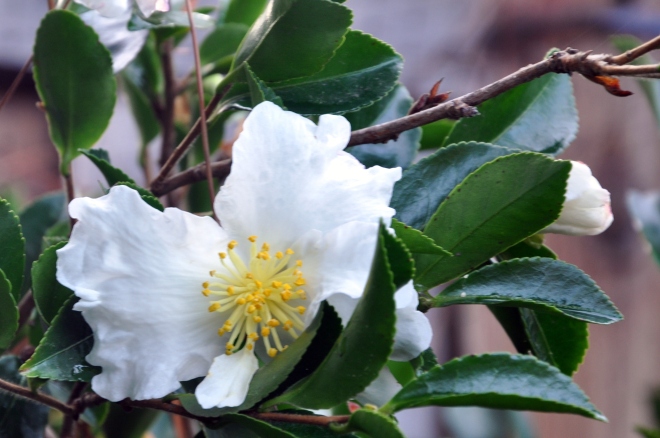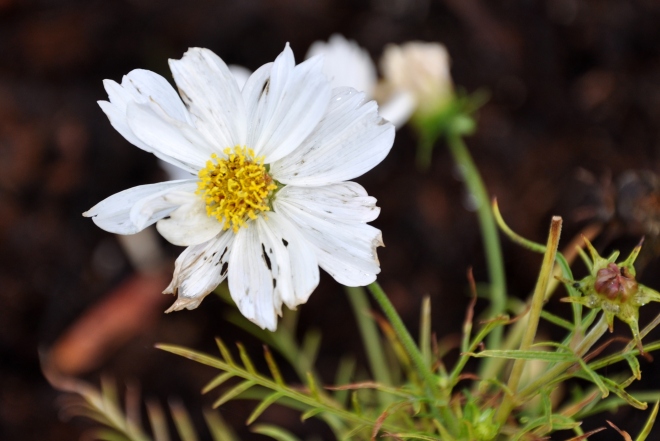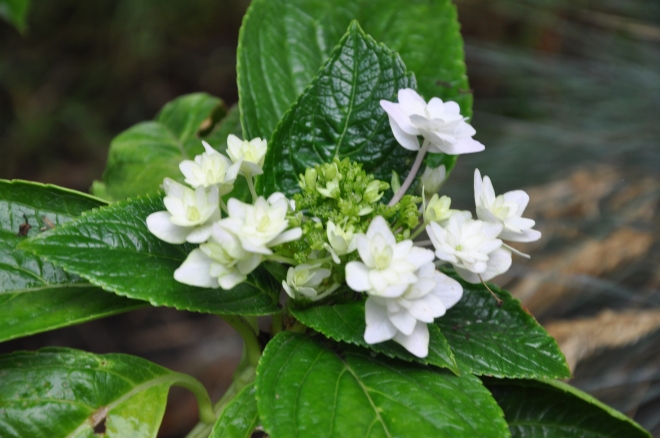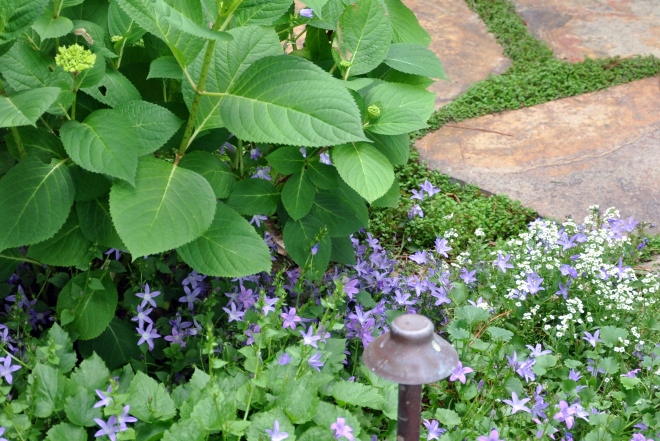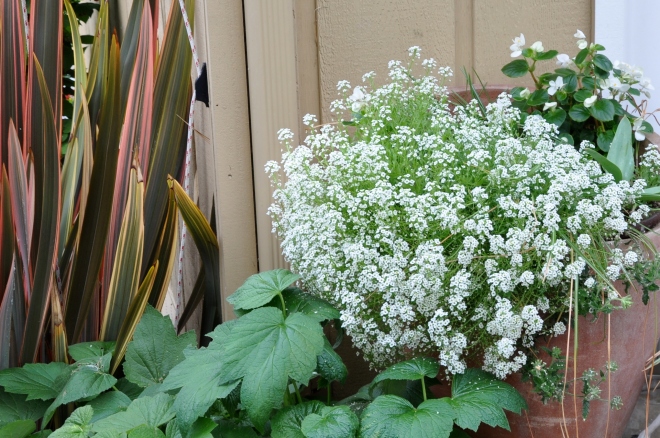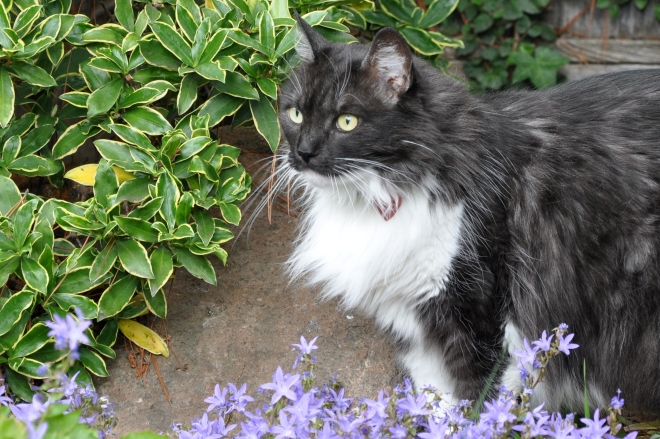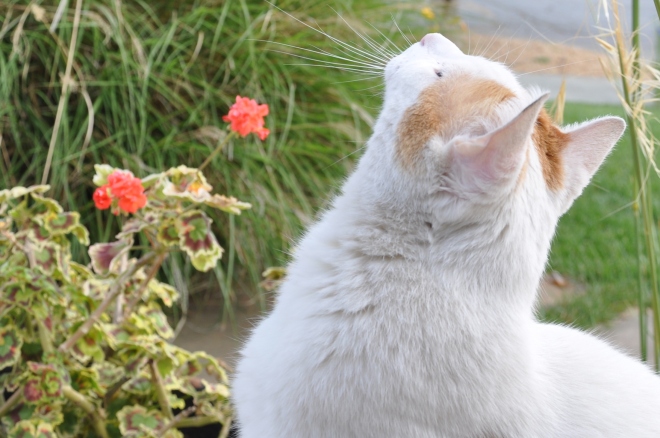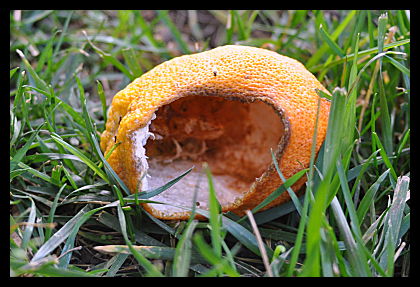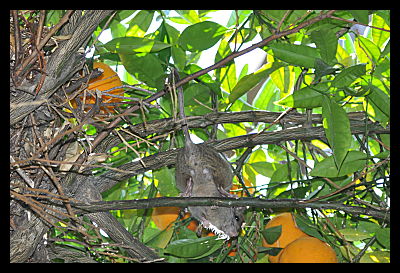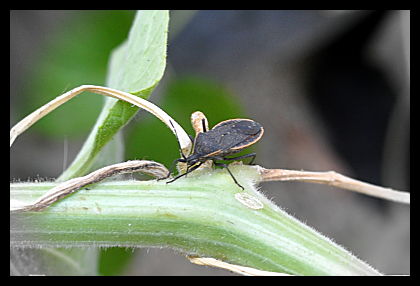“The first of all single colors is white … We shall set down white for the representative of light, without which no color can be seen; yellow for the earth; green for water; blue for air; red for fire; and black for total darkness.” — Leonardo Da Vinci
When I studied color theory, it surprised me to learn that white pigment is the absence of color whereas in light, white is the combination of all color. Scientifically speaking, white isn’t a color at all, but as ‘non-colors’ go it’s loaded with symbolism and meaning.
I also learned today that white or pale flowers are more strongly scented than their darker counterparts. Who knew!
Come join me for a walk through my mid-autumn garden. The ‘color’ of the day, isn’t a color at all.
The rest of the vegetable garden went to sleep in October, but this pretty plant continues to thrive.
I gave this potted Bacopa very little water this summer. Now that it’s cooler and we’ve had a bit of rain, the plant revived.
This gorgeous, Camellia is one of my favorite splashes of white this time of year.
This Cosmo looks tired, but it is November. She’s been pumping out blooms for some time.
Again, one of the last blooms on this plant.
There are a few begonias in the back of this pot, but the summer belonged to my Sweet Alyssum. As it goes to sleep, a pretty white shower drifts below.
Saying Goodbye to King Tut
My sister’s beloved kitty died yesterday. He’s been a wonderful companion to her and will be sorely missed. He had the whitest coat, emerald-green eyes and the cutest little ears. He also had a sweet personality to match. Farewell KT.
Additional Reading:
Sensational Color: All about the color white.
Wikipedia: White
Color Matters: Basic Color Theory



